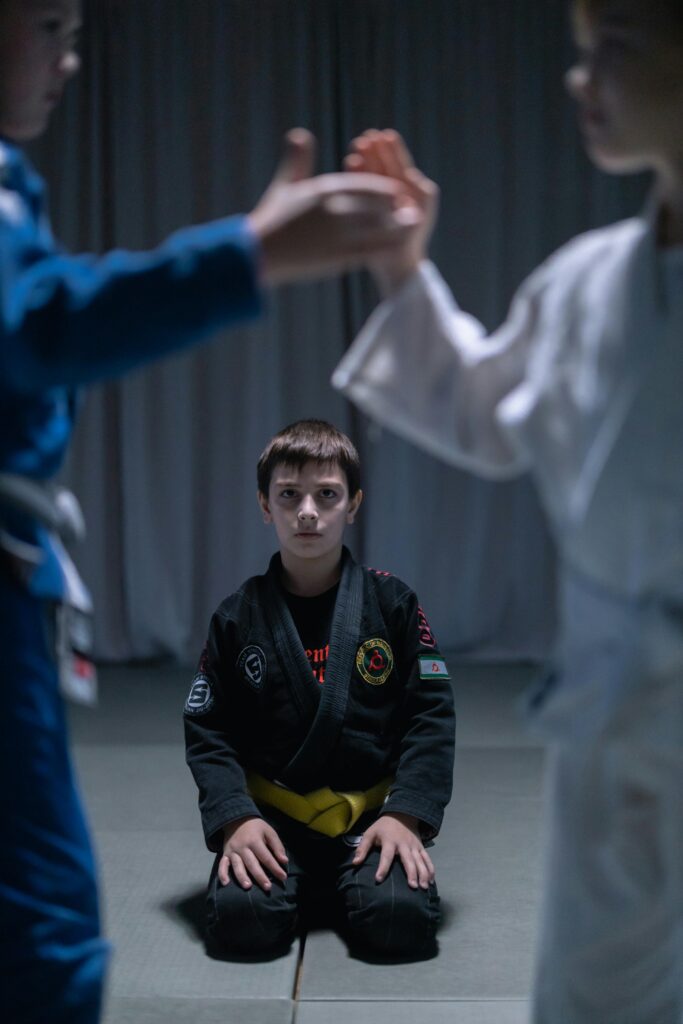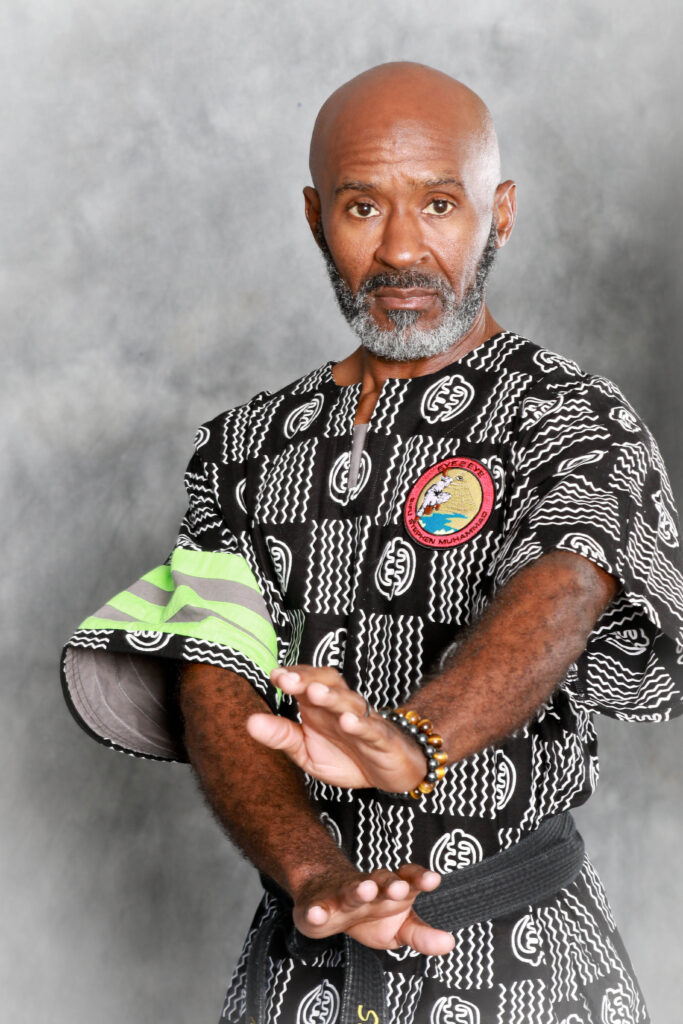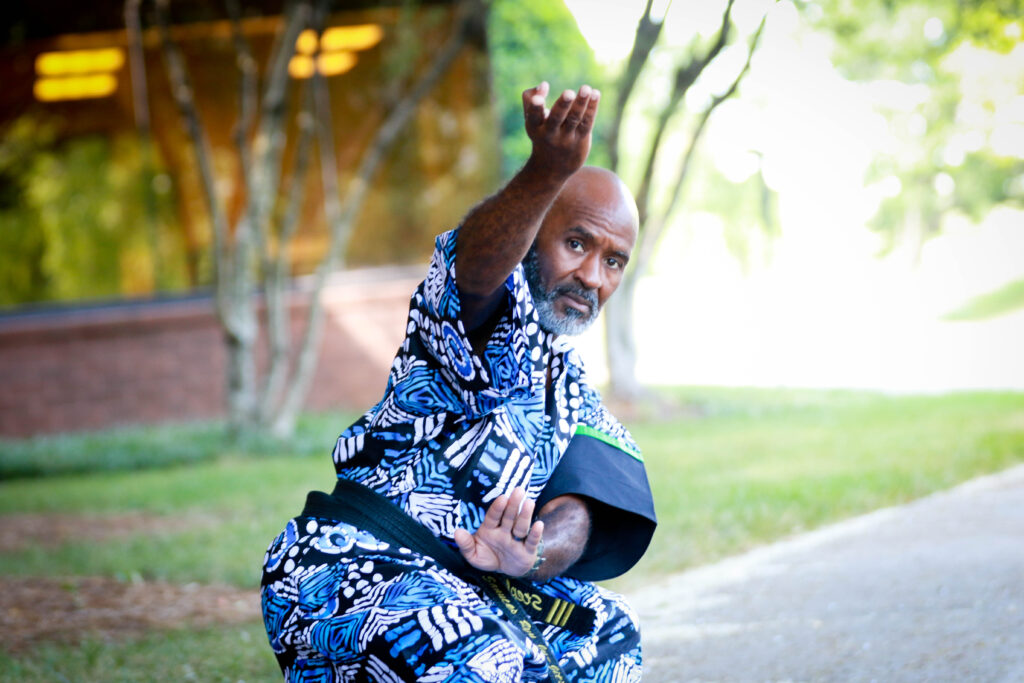I’ve had the privilege of training in different martial arts, and one that consistently stands out in its effectiveness and appeal is Brazilian Jiu Jitsu (BJJ).
Whether you’re new to the world of martial arts or have dabbled in various forms of self-defense, you’ve probably heard of Brazilian Jiu Jitsu. So, what exactly is it, and why is it so popular?
How Brazilian Jiu Jitsu Began
Let’s start with a little history because it’s important to understand where BJJ comes from. Brazilian Jiu Jitsu has its origins in Japanese jiu jitsu and judo.
The story goes back to the early 1900s when a Japanese master, Mitsuyo Maeda, brought the martial art to Brazil. He taught Carlos Gracie, a member of the Gracie family who would eventually tweak and adapt the techniques.
Carlos, along with his brother Helio, focused on modifying jiu jitsu’s techniques to suit smaller and weaker individuals. They wanted to create a system where a person could defend themselves effectively, even against a larger and stronger attacker.
And that’s how BJJ was born—by emphasizing technique, leverage, and control, rather than brute strength.
From there, the Gracie family popularized BJJ not only in Brazil but also worldwide. Today, it’s one of the fastest-growing martial arts, known for its effectiveness in self-defense and competition, especially in Mixed Martial Arts (MMA).
Understanding the Techniques of BJJ
So, what exactly are you learning when you step onto the mats for Brazilian Jiu Jitsu? Unlike other martial arts that may focus on striking, BJJ is primarily about grappling.
The goal is to control your opponent, usually by taking the fight to the ground, where you can apply joint locks or chokeholds to force them to submit. Here’s a breakdown of the key aspects.
Ground Fighting: The Heart of Brazilian Jiu Jitsu
If there’s one thing that sets BJJ apart, it’s the focus on ground fighting. You don’t need to be the biggest or strongest person in the room to win a fight in BJJ—it’s all about technique.
Once you get your opponent to the ground, you use positions like the mount, guard, and side control to establish dominance.
Most fights—especially in self-defense scenarios—end up on the ground. This is why BJJ focuses so much on controlling an opponent from there.
The beauty of BJJ is that you can neutralize someone who may be bigger or stronger than you simply by using leverage and positioning.
Takedowns and Transitions
A big part of BJJ is knowing how to get the fight to the ground in the first place. Takedowns, which come from wrestling and judo, are crucial.
Whether you’re pulling guard or going for a double-leg takedown, it’s important to transition smoothly to the ground.
Once you’re down, BJJ teaches you how to move from one position to another—whether you’re escaping from a bad spot or looking to improve your position for a submission.
This fluidity is what makes BJJ so dynamic and effective.
Popular Submissions in BJJ
The endgame in BJJ is often the submission, where your opponent has no choice but to tap out (or face the consequences!). Some of the most popular submissions include:
- Armbar: Using your entire body to hyperextend your opponent’s elbow.
- Triangle choke: Using your legs to choke your opponent by cutting off blood flow to the brain.
- Rear naked choke: A devastating choke from behind that is nearly impossible to escape if done correctly.
These submissions, when executed with proper technique, don’t rely on strength but rather leverage and body mechanics. That’s the beauty of BJJ.
The Benefits of Training in Brazilian Jiu Jitsu
Now, let’s talk about why BJJ isn’t just a hobby but a lifestyle that benefits you both physically and mentally. I’ve seen people walk into their first class looking nervous and unsure, only to walk out months later with newfound confidence and strength.
Physical Benefits of Brazilian Jiu Jitsu
Training in BJJ is a workout like no other. You’re not just burning calories—you’re training your entire body in functional, practical movements.
Strength and Endurance
BJJ engages your entire body, from your core to your legs and arms. You build strength by constantly grappling with partners, and you build endurance by maintaining positions or executing techniques over long periods.
Flexibility
Many of the positions in BJJ require flexibility, especially when you’re trying to defend or escape from submissions. Over time, you’ll notice your body becoming more flexible, which can help prevent injuries.
Cardiovascular Health
Let’s not forget that BJJ is a high-intensity workout. Rolling (sparring) can be exhausting, and you’ll quickly see your cardio improve as you continue training.
Mental Benefits of Brazilian Jiu Jitsu
But BJJ isn’t just about physical improvement. The mental side of it is just as rewarding.
Stress Relief
There’s something incredibly therapeutic about rolling on the mats. It forces you to focus on the present moment—there’s no room to worry about anything else. After a tough session, I always walk away feeling clearer and calmer.
Confidence and Self-Esteem
Learning how to defend yourself builds a quiet confidence. It’s not about being aggressive or dominating others—it’s about knowing that you can handle yourself if the need arises.
This confidence often extends into other areas of life, making you feel more assertive and grounded.
Why Brazilian Jiu Jitsu Is Effective for Self-Defense
One of the biggest reasons people take up BJJ is for self-defense, and for good reason. Brazilian Jiu Jitsu teaches you how to neutralize an opponent without relying on brute force.
This makes it particularly useful for smaller individuals, women, or anyone who wants to learn to defend themselves effectively.
Neutralizing Larger Opponents with Leverage
The core principle of BJJ is to use leverage to your advantage. You don’t need to be stronger than your opponent if you know how to manipulate their body weight and momentum.
This is what makes BJJ so effective, even for those who aren’t naturally athletic or strong. I’ve seen smaller practitioners easily take down and control much larger opponents simply by using proper technique.
Situational Awareness and Control
BJJ also teaches situational awareness—knowing how to control a situation before it escalates. You learn to keep calm under pressure, which can make all the difference in a real-life self-defense scenario.
By understanding how to control both your body and your opponent’s, you’re able to stay one step ahead, whether you’re defending yourself in a confined space or dealing with a surprise attack.
Practical Self-Defense for Women and Children
Brazilian Jiu Jitsu is particularly effective for women and children. It focuses on defense from common holds and attacks, which are often used in real-world situations.
The ability to escape from grabs or control someone larger without needing to throw punches is a huge advantage.
I’ve seen many women grow incredibly confident after just a few months of training because they know they can handle themselves if they ever need to.
Training Brazilian Jiu Jitsu: What to Expect as a Beginner
If you’re considering starting BJJ, you’re probably wondering what the first few classes will be like. I get it—the idea of grappling with someone can be intimidating at first. But trust me, everyone starts somewhere.
What to Wear and Bring to BJJ Class
Most beginners start by wearing a basic gi (the traditional uniform used in BJJ). If you don’t have one, a simple pair of athletic clothes will do for your first class.
Over time, you’ll likely invest in a gi that fits well and feels comfortable. Make sure to bring a water bottle—you’ll need it!
The Importance of Consistency in BJJ Training
Like anything else, the key to success in BJJ is consistency. It’s not about being perfect in your first class or even your first year. It’s about showing up regularly and gradually improving.
Each time you train, you’ll pick up a new technique, refine an old one, or learn something new about yourself. That’s what makes BJJ so rewarding—it’s a journey that’s always evolving.
Train with Purpose at Eye2Eye Combat and Learn the True Art of Brazilian Jiu Jitsu
Brazilian Jiu Jitsu is more than just a martial art—it’s a practical skill that strengthens your body and mind, equipping you with confidence, discipline, and real-world self-defense techniques.
Whether you’re in it for fitness, personal growth, or mastering self-defense, BJJ offers something truly transformative. If you’re ready to experience these benefits firsthand, I encourage you to check out Eye2Eye Combat.
Our classes are designed to give you practical, effective training from day one, whether you’re new to martial arts or looking to sharpen your skills.
Take the first step today—come join us at Eye2Eye Combat and discover how Brazilian Jiu Jitsu can empower you in ways you never imagined.
FAQs
1. What is Brazilian Jiu-Jitsu known for?
Brazilian Jiu-Jitsu, or BJJ, is best known for its focus on ground fighting and submission techniques. Unlike other martial arts that emphasize striking, BJJ teaches you how to control and neutralize an opponent, even if they’re bigger or stronger. It’s incredibly effective in self-defense situations because it prioritizes technique, leverage, and positioning over brute strength.
2. Is there a difference between jujitsu and Brazilian Jiu-Jitsu?
Yes, there’s definitely a difference. Traditional jujitsu originated in Japan and includes both striking and grappling techniques. Brazilian Jiu-Jitsu, on the other hand, evolved from jujitsu but focuses primarily on ground fighting and submissions. BJJ is all about controlling your opponent on the ground, using leverage and techniques to win, whereas traditional jujitsu is more varied in its approach.
3. What is Brazilian Jiu-Jitsu good for?
BJJ is great for self-defense, fitness, and mental discipline. You’ll build strength, flexibility, and endurance while learning how to defend yourself against opponents of any size. It’s also an incredible workout that challenges both your body and mind. Plus, it helps you develop confidence, problem-solving skills, and a sense of calm under pressure, which can benefit you in everyday life.
4. Why is it so hard to learn BJJ?
BJJ can be challenging because it’s a very technical martial art. There’s a lot to learn, especially when it comes to positioning, leverage, and timing. Unlike other martial arts, progress in BJJ can feel slow at times because mastering techniques takes patience and practice. But trust me, once things start clicking, it’s incredibly rewarding, and every little improvement feels like a huge win.
5. Which is better, karate or BJJ?
It really depends on your goals. If you’re interested in striking and stand-up fighting, karate might be more your style. But if you want to focus on grappling, ground control, and submissions, BJJ is the way to go. Both have their strengths, but I personally find BJJ to be more practical for self-defense, especially in situations where the fight goes to the ground.
6. Which is better, kung fu or Brazilian Jiu-Jitsu?
Both kung fu and BJJ have their own unique strengths. Kung fu focuses on striking techniques, with a lot of emphasis on fluid, fast movements. BJJ, on the other hand, is all about controlling your opponent, particularly on the ground. If you want something that’s more about grappling and real-world self-defense, I’d say BJJ is more effective in those situations. But both arts offer valuable skills.





